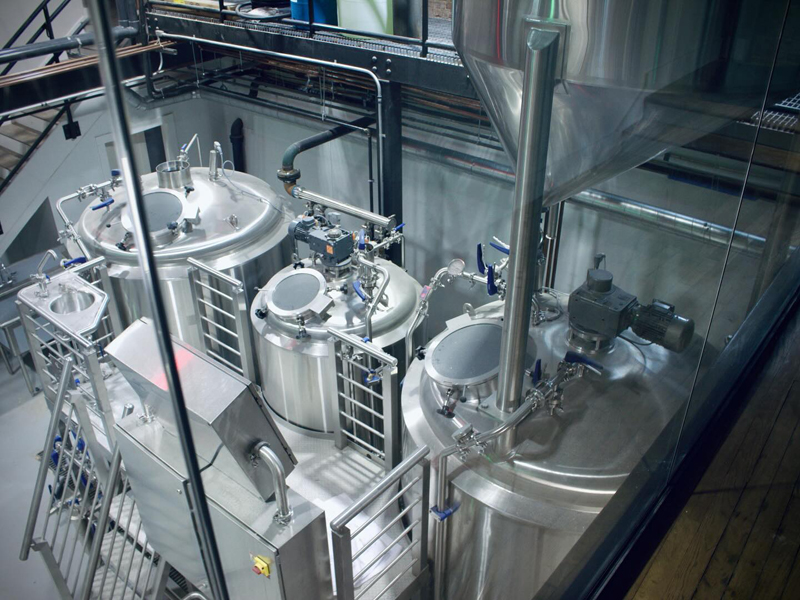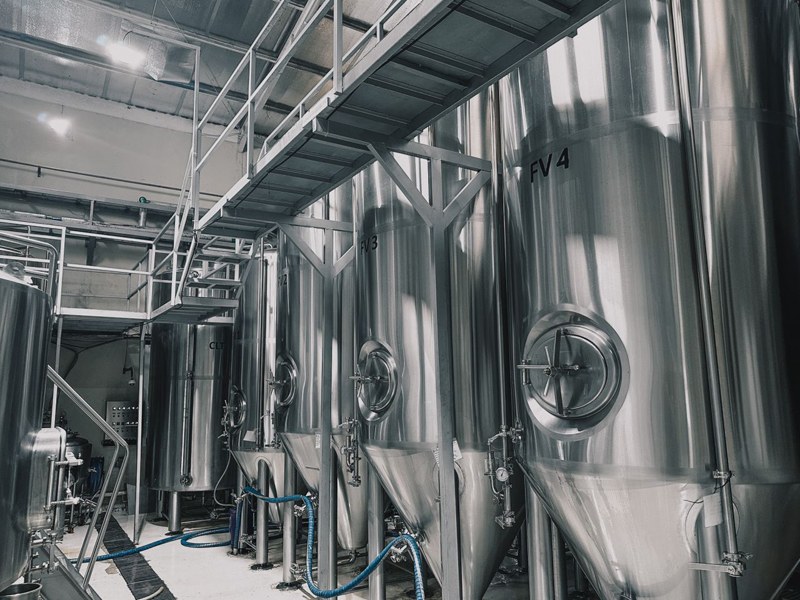How to brew high quality beer?
Brewing high-quality beer requires attention to detail, quality ingredients, proper equipment, and a good understanding of the brewing process. Below is a step-by-step guide to help you brew excellent beer at home or in a small-scale brewery:

1. Understand the Basics of Beer Brewing
Before starting, familiarize yourself with the key components of beer:
Water: The primary ingredient; its mineral content affects flavor.
Malt: Provides fermentable sugars, color, and flavor.
Hops: Adds bitterness, aroma, and balances sweetness.
Yeast: Ferments sugars into alcohol and CO2, contributing to flavor and aroma.
2. Gather Quality Ingredients
Malt: Use high-quality malted grains (e.g., barley, wheat, rye). For beginners, malt extract (liquid or dry) is a good starting point.
Hops: Choose fresh hops based on the beer style (e.g., Cascade for IPAs, Saaz for lagers).
Yeast: Select the appropriate strain for your beer style (e.g., ale yeast for ales, lager yeast for lagers).
Water: Use clean, filtered water. Adjust mineral content if necessary.
3. Sanitize All Equipment
Sanitation is critical to prevent contamination. Use a no-rinse sanitizer (e.g., Star San) to clean all equipment, including fermenters, airlocks, and tubing.
4. Follow the Brewing Process
Step 1: Mashing (for All-Grain Brewing)
Mix crushed malt with hot water (148–158°F or 64–70°C) in a mash tun.
Let it rest for 60–90 minutes to convert starches into fermentable sugars.
Sparge (rinse) the grains with hot water to extract all sugars.
Step 2: Boiling
Bring the wort (sugar-rich liquid) to a boil.
Add hops at different stages:
Bittering Hops: Added early in the boil (60 minutes) for bitterness.
Flavor Hops: Added mid-boil (15–30 minutes) for flavor.
Aroma Hops: Added at the end of the boil (0–5 minutes) for aroma.
Boil for 60–90 minutes to sterilize the wort and extract hop flavors.
Step 3: Cooling
Rapidly cool the wort to fermentation temperature (68–72°F or 20–22°C for ales; 45–55°For 7–13°C for lagers) using a wort chiller or ice bath.
Step 4: Fermentation
Transfer the cooled wort to a sanitized fermenter.
Pitch (add) the yeast and seal the fermenter with an airlock.
Ferment at the appropriate temperature for your yeast strain (check the yeast package for guidelines).
Primary fermentation typically takes 1–2 weeks.
Step 5: Conditioning
After primary fermentation, transfer the beer to a secondary fermenter (optional) for clarity and flavor maturation.
Condition for 1–4 weeks, depending on the beer style.
Step 6: Carbonation
Bottle Conditioning: Add priming sugar (e.g., corn sugar) to the beer before bottling to create natural carbonation.
Force Carbonation: Use a keg and CO2 tank to carbonate the beer quickly.
Step 7: Aging
Allow the beer to age in bottles or kegs for a few weeks to develop flavors. Some styles (e.g., stouts, barleywines) benefit from longer aging.
5. Control Key Variables
Temperature: Maintain consistent temperatures during mashing, boiling, and fermentation.
Sanitation: Always sanitize equipment to avoid off-flavors from contamination.
Water Chemistry: Adjust water pH and mineral content to match the beer style.
6. Experiment and Refine
Take detailed notes on each batch (ingredients, timings, temperatures, etc.).
Taste your beer critically and identify areas for improvement.
Experiment with different ingredients, hop schedules, and yeast strains to create unique flavors.
7. Learn Beer Styles
Study classic beer styles (e.g., IPA, Pilsner, Stout) to understand their characteristics and brewing techniques.
Use style guidelines (e.g., BJCP) as a reference for brewing traditional beers.
8. Join the Brewing Community
Connect with other brewers through local homebrew clubs or online forums.
Share your beer for feedback and learn from others’ experiences.
9. Invest in Quality Equipment
As you progress, consider upgrading to better equipment (e.g., all-grain setup, temperature-controlled fermenters, kegging systems).
10. Be Patient and Persistent
Brewing high-quality beer takes practice. Don’t be discouraged by mistakes—learn from them and keep improving.
By following these steps and continuously refining your process, you’ll be able to brew consistently high-quality beer. Cheers!
Post time: Feb-08-2025


